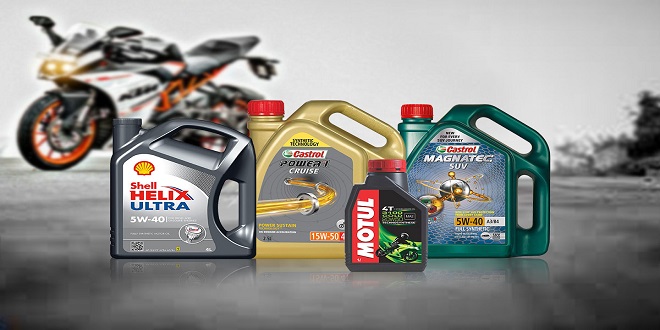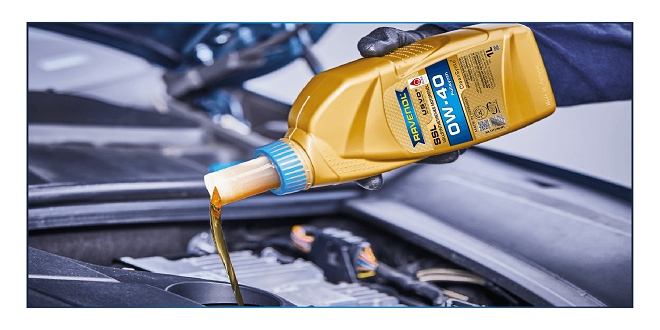If all the preceding variables have you wondering how you’re going to choose the right oil for your vehicle, ask yourself the following questions: What kind of oil have you been using? If your vehicle is running well, there’s probably nothing to be gained by switching to another brand of oil.
There’s not a lot of difference between API-rated oils as far as performance is concerned, and you’d have to drain all the oil out of your engine before replacing it with another brand. What kind of oil does your owner’s manual recommend? Is your vehicle still under warranty? Be sure to use whatever weight of oil the owner’s manual recommends.
Using something other than the recommended oil may invalidate the warranty on a new vehicle. Some car manufacturers now offer their own brands of motor oil specifically designed for their vehicles, and if you have a vehicle with that kind of oil in it, it’s a good idea to continue to use it.
Otherwise, stick with the same stuff you’ve been using as long as it bears the API symbols and is the proper weight for your vehicle. Do you live in a very cold or very hot climate Is it mountainous Are there sharp changes in temperature where you live or where you’re going multi-weight oils cover a range of temperatures.
Consult a viscosity chart to be sure that the oil you use will flow properly under extreme conditions. The lower the number after the “W,” the better the oil works in cold weather; the higher the number after the “W,” the better the hot weather performance. For example, the best oil for a Minnesota winter may be a 0W-20 and the best for a Florida summer 30W-50.
If you’re going to be driving your vehicle in an area where the conditions are very different from those at home and those conditions call for oil of a different viscosity than you usually use, drain all the oil from the engine before switching to the new viscosity, and drain it again before switching back to your usual weight oil after the trip is over.
How old is your vehicle If you have a really old vehicle that has been running on single-weight oil for most of its life, it has built up quite a bit of sludge because some single-weight oils don’t have detergent in them. If you suddenly switch to multi-viscosity oil, the detergent in it will free all the gook in your engine, and the gook will really foul things up.
How worn is your vehicle’s engine If your vehicle has been logging a great many miles over several years and has been running on 30-or 40-single-weight oil, multi-weight oil isn’t consistently thick enough to lubricate the worn engine parts that have become smaller while wearing down, leaving wider spaces between them?
To keep the oil thick enough to fill these gaps, switch to heavier single-weight oil as your vehicle gets older and starts to run more roughly or burn up oil more quickly. If you’ve been running on 30-weight oil, switch to 40- weight at least during the summer, when oil tends to thin out.
The manual for Tweety Bird (my faithful 1967 Mustang) called for 10W-40 oil, but when she had more than 80,000 miles to her credit, I put her on straight 40-weight oil. There’s even 50-weight oil for the real oldies! Whenever you buy oil, look for major brands or check Consumer Reports.
Last word
Good brands of oil are often on sale in supermarkets and at auto supply stores, so if you want to save money and you spot a sale of a major brand with API certification, buy a case and stash it away. No matter how cheap low-grade oil is, it will cost you money in lower fuel economy, poorer performance, and repair bills for wear and tear on
 Thefashion2day Popular Fashion News Website
Thefashion2day Popular Fashion News Website




